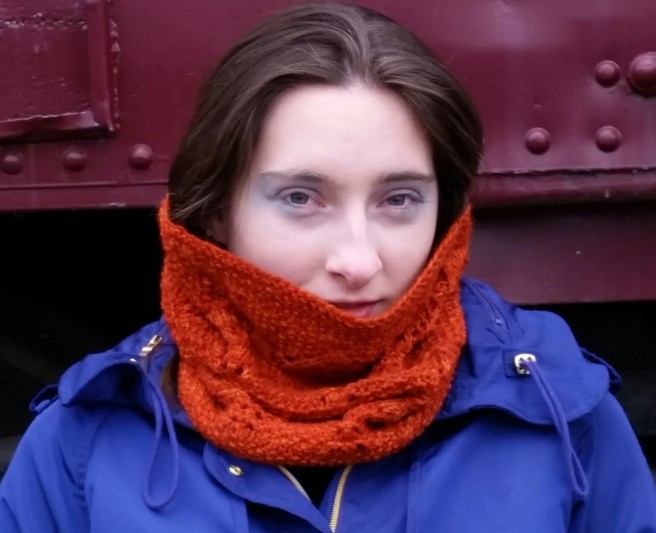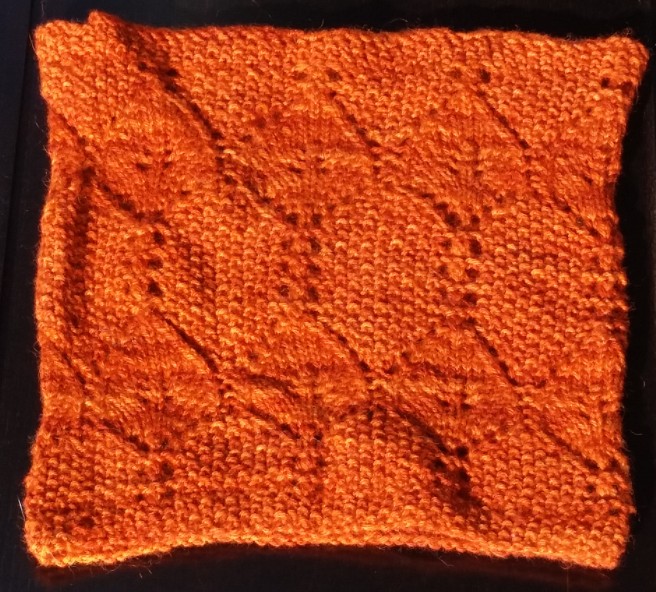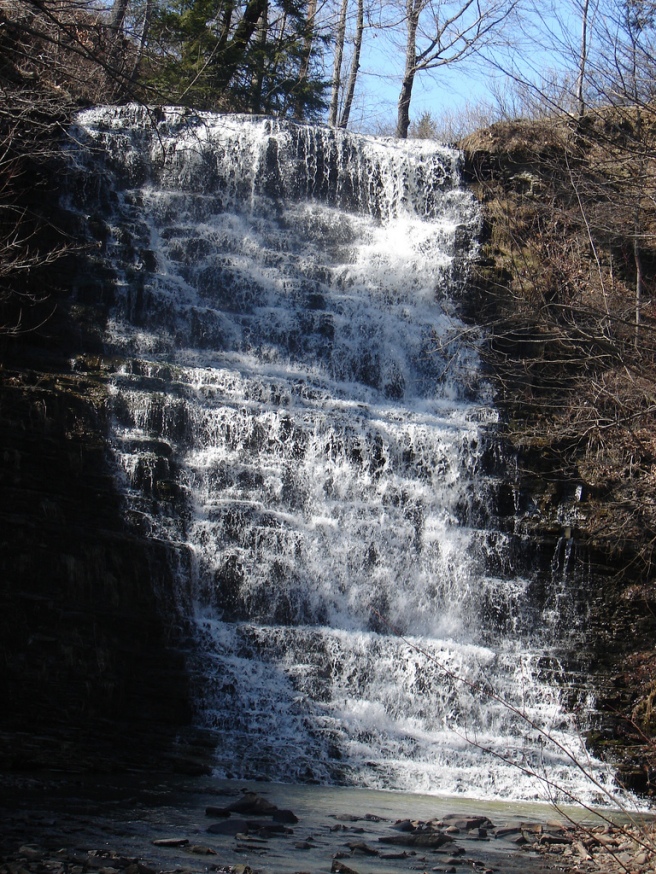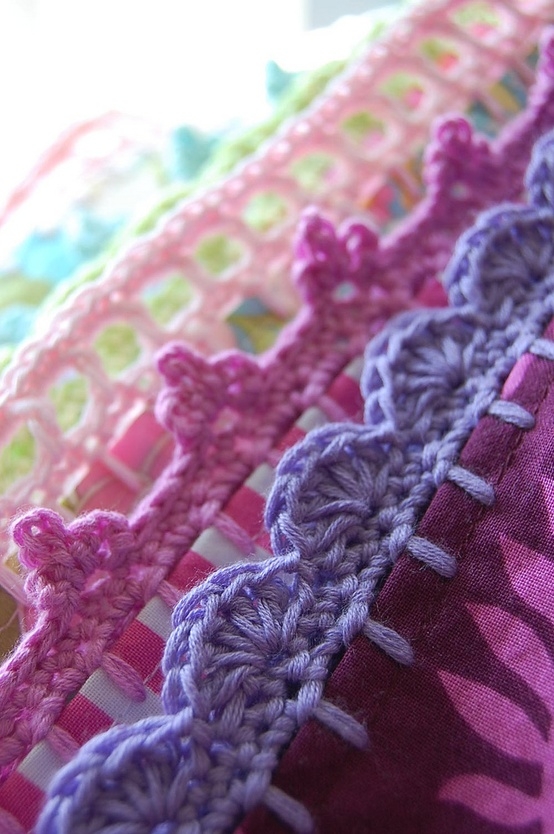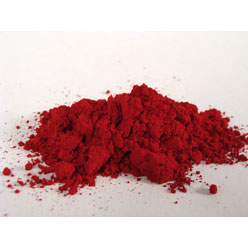As you can well imagine, each time we create a project, we want to make something that is beautiful. It is amazing how our pieces so often trigger a memory or remind of something in the present.
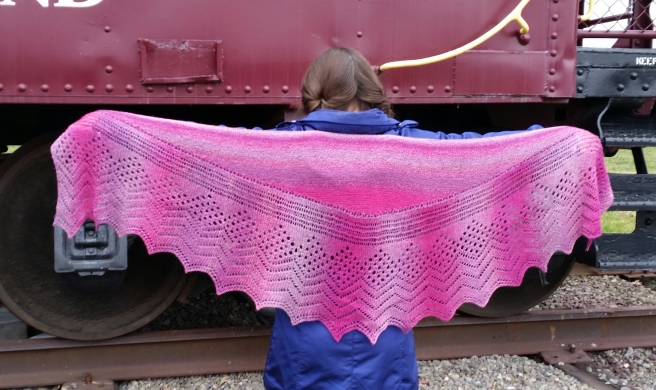
Our latest pattern, Elderberry Hill, is reminiscent of those days, back in our youth, when our mother hauled us ( yes, we were reluctant!) all over the countryside berry picking. Growing up on a farm, our mother learned the fine art of canning and freezing fruit and vegetables. She felt it was important that we had these skills, also. To kids living in town, it seemed like a frivolous way to soak up valuable weekend hours. Let’s be frank….those items could be purchased at Grand Union and didn’t involve hours collecting berries.
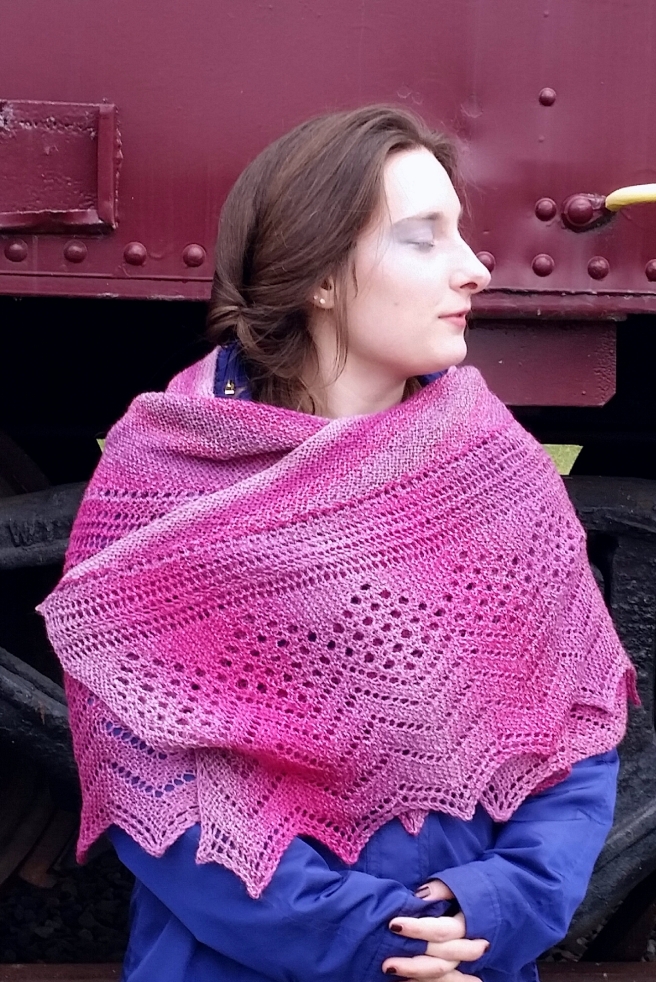
Berry picking is hard work. Berries ripen in the summer and early Fall. It is usually hot and there are bugs. I was a “good berry picker” (my Mom would always say :)). My sister, on the other hand, was terrible. Mom would set Pam a goal of getting the bottom of her pan covered (which would take FOREVER!). She even gave her the smallest pot! I would have to listen to her endless complaints….”I’m hot….I’m thirsty….I’m bored….” Nowadays we take bottled drinks with us everywhere. Back then, it was not as common, so it was a mistake to eat as you picked. One reason….it makes you thirsty, very thirsty. Second reason, it prevents you reaching your picking goal.
Despite these complaints, I really loved the jams and jellies we made. To this day, I cannot find any that taste as good as when we make them ourselves.
Elderberries grew on the side hill of Round Top. We would have to park along the highway and hike up the hill to pick them. Our Elderberry Hill Shawl is a pleasant reminder of the days spent with our Mom, learning skills that we didn’t truly appreciate until we were much older. Bobbie is modeling our shawl near the old train station. This pattern can be found on Ravelry with the link below:
http://www.ravelry.com/patterns/library/elderberry-hill
If you can produce or make your own jellies, I’d love to hear about your experience! Please comment below!
Until next time….
-Penny 🙂
